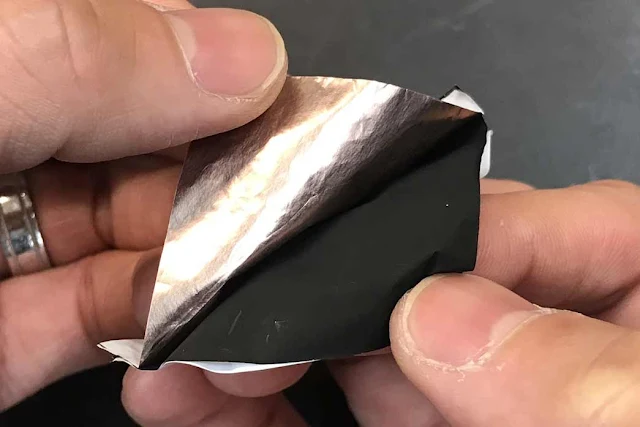Android 8.1 is all set to make its debut in December of this year. While the Beta version of the OS is already out, android is bringing out an update to 8.1 Users are encouraged to get the update onto their beta versions or in case of no beta version, they will be able to get the update only once they download it. This is in order to make a seamless transition from the old Android version to the new one.
Besides all the bug fixes and security patches, the update to android 8.1 also makes enhancements to Goggle Go which is meant for mobiles running on 1GB or less of memory space and also enhancements to Neural networks API which will basically enhance mobile intelligence.
All the pixels, coming December will run on android 8.1. With the update all pixel phones will be close to the final version of the OS. The phones will get all the latest in neural networks API, which is at level 27, and all the latest updates besides the usual bug fixes and security patches.
With the 8.1 update, Pixel 2 users get Pixel Visual Core which is an additional processor for images that works alongside a third party app. So apps using Android camera API, can take HDR+ pics.
The update to 8.1 creates enhancements to Neural Networks API and accelerated performance to Google’s intelligence framework, TensorFlowLite.
All developers can now get their hands on TensorFlowLite download. Neural Networks API allows TensorFlowLite to run models such as Smart Reply, Inception V3 and MobileNets.
Developers are encouraged to get their apps tested before the official release of android 8.1 in December. With the new update, developers can test their apps from Google play. For phones that are not pixel or nexus, developers can get their apps tested on an emulator for android 8.1
Developers can speed up the process of developing apps by using android studio 3.0. Android studio 3.0 allows developers to not only speed up app development but also has features like Instant Apps, XML Fonts, adaptive icons and more
This new intelligence temporarily pauses apps to inform the user that someone is peeking at their screen. It is said that this feature works in all types of light settings and all poses. The peeping tom can be identified within 2 milliseconds.
One of the major reasons for this feature to run fast is that all processing is done on the phone itself and not from a remote server.
A major encouragement to Developers is the invention of GoogleFlowLite. Developers can now develop apps using artificial intelligence more quickly and with more computing power and less storage than its former GoogleFlow.
Besides all the bug fixes and security patches, the update to android 8.1 also makes enhancements to Goggle Go which is meant for mobiles running on 1GB or less of memory space and also enhancements to Neural networks API which will basically enhance mobile intelligence.
8.1 Update and Pixel Phones:
All the pixels, coming December will run on android 8.1. With the update all pixel phones will be close to the final version of the OS. The phones will get all the latest in neural networks API, which is at level 27, and all the latest updates besides the usual bug fixes and security patches.
With the 8.1 update, Pixel 2 users get Pixel Visual Core which is an additional processor for images that works alongside a third party app. So apps using Android camera API, can take HDR+ pics.
TensorFlowLite and 8.1:
The update to 8.1 creates enhancements to Neural Networks API and accelerated performance to Google’s intelligence framework, TensorFlowLite.
All developers can now get their hands on TensorFlowLite download. Neural Networks API allows TensorFlowLite to run models such as Smart Reply, Inception V3 and MobileNets.
8.1 Update for App Developers:
Developers are encouraged to get their apps tested before the official release of android 8.1 in December. With the new update, developers can test their apps from Google play. For phones that are not pixel or nexus, developers can get their apps tested on an emulator for android 8.1
Speeding up App Development:
Developers can speed up the process of developing apps by using android studio 3.0. Android studio 3.0 allows developers to not only speed up app development but also has features like Instant Apps, XML Fonts, adaptive icons and more
A side Note…
Google recently presented a project, which they call electronic screen protector. All Google pixel phones will have this feature whereby the front facing camera on the phone and its artificial intelligence show if someone is looking into the phone without permission.This new intelligence temporarily pauses apps to inform the user that someone is peeking at their screen. It is said that this feature works in all types of light settings and all poses. The peeping tom can be identified within 2 milliseconds.
One of the major reasons for this feature to run fast is that all processing is done on the phone itself and not from a remote server.
A major encouragement to Developers is the invention of GoogleFlowLite. Developers can now develop apps using artificial intelligence more quickly and with more computing power and less storage than its former GoogleFlow.








